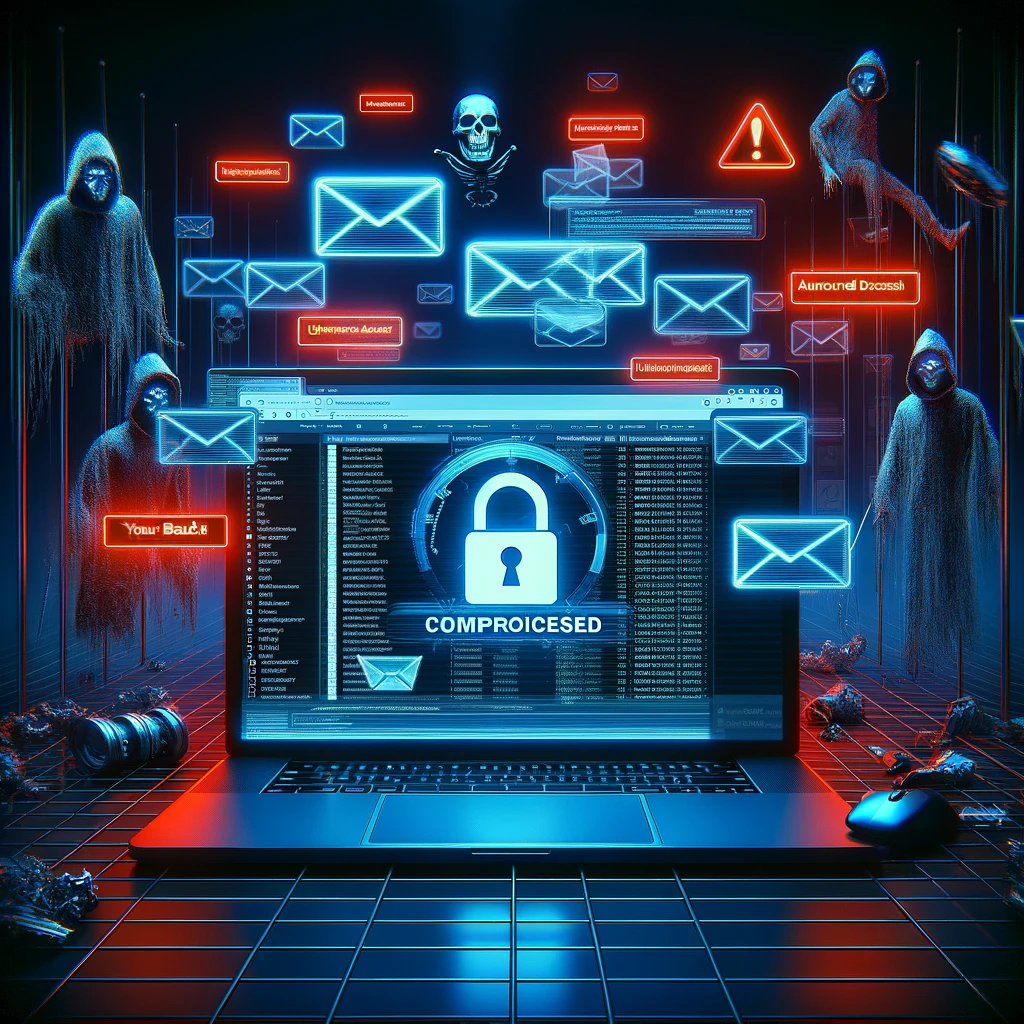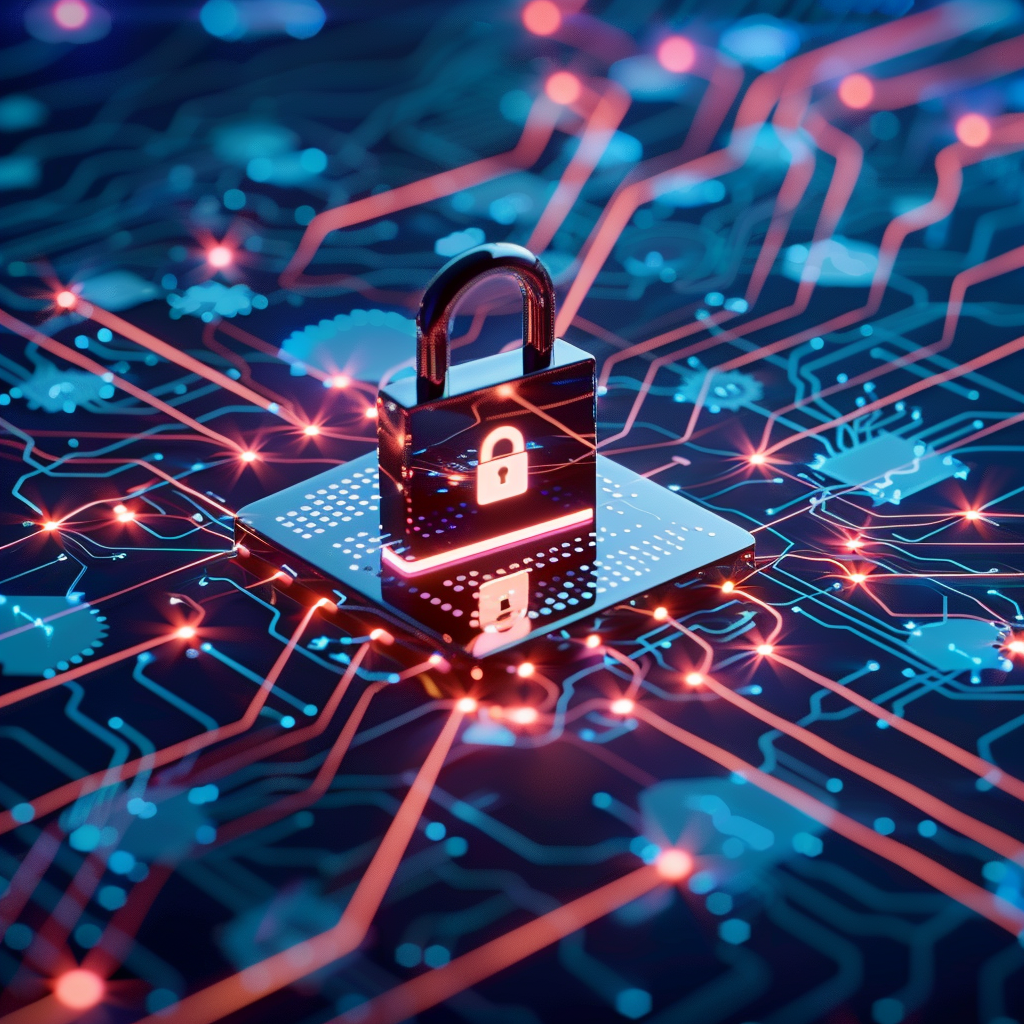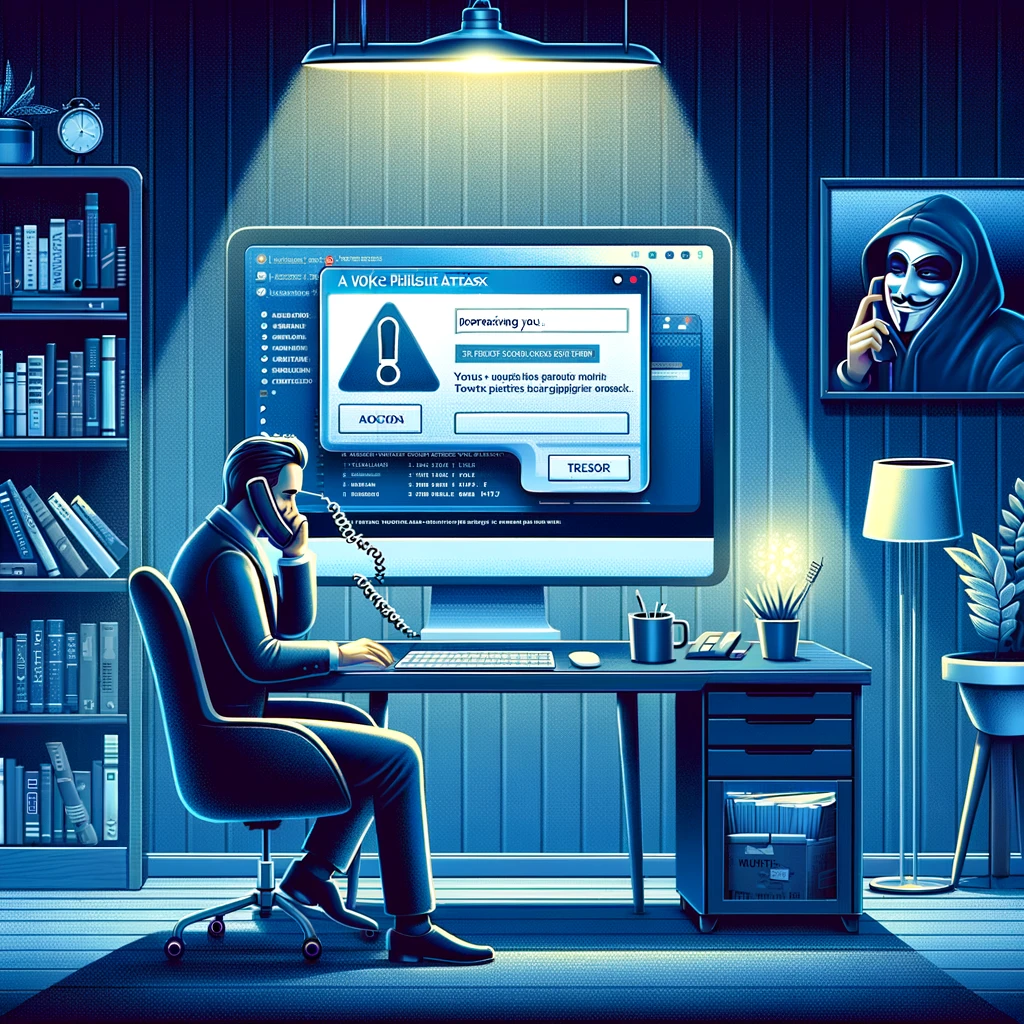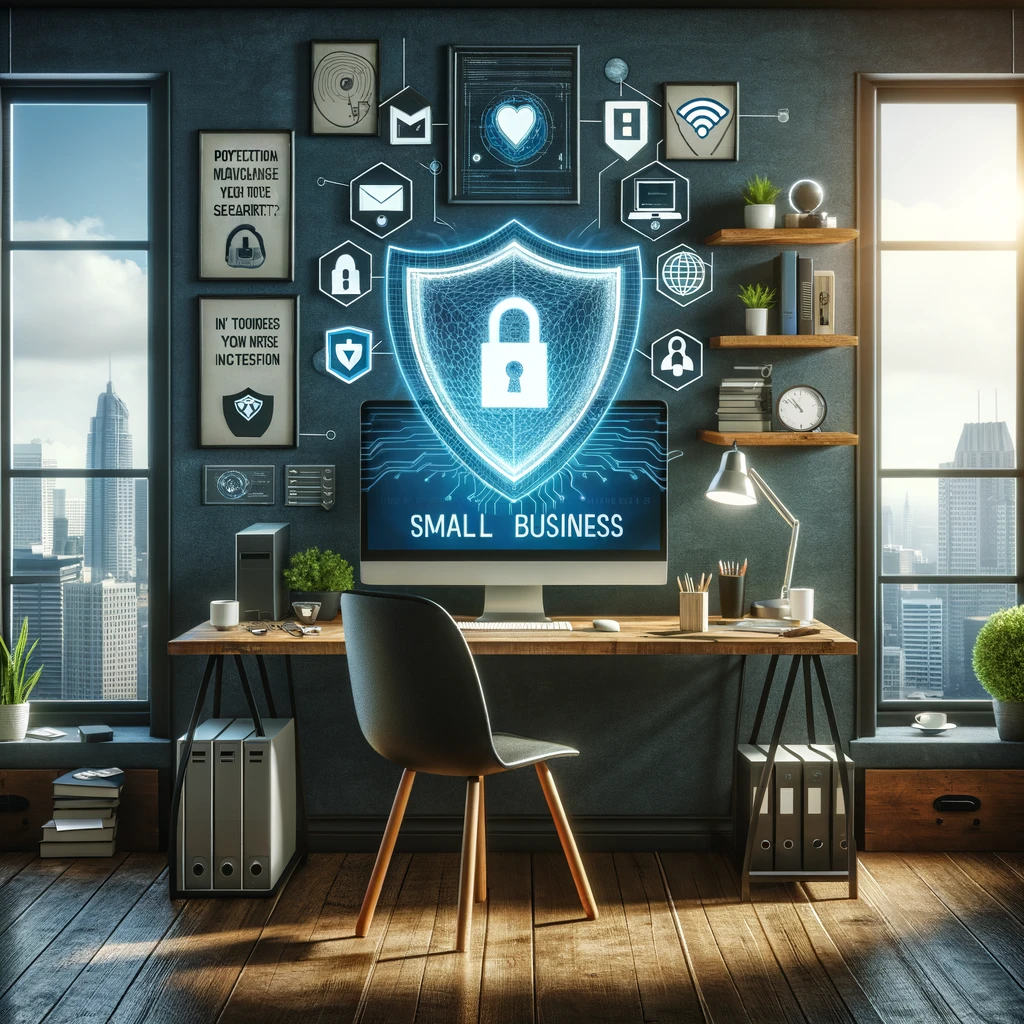
In today’s digital era, where cyber threats loom larger than ever, falling victim to a phishing scam can be a nightmare with severe consequences. Cybersecurity is not just about having the latest software or hardware defenses; it’s also about being informed and vigilant. As a leading cybersecurity firm, we’re committed to equipping you with knowledge. Here are ten essential tips to sidestep phishing attempts and safeguard your digital footprint.
1. Skepticism is Your Shield
It is imperative to consistently exercise a high degree of caution when encountering unsolicited emails or messages, as these communications frequently serve as conduits for malicious activity. Phishers, in particular, are notorious for their adeptness at disguising themselves as reputable entities, leveraging sophisticated tactics to deceive recipients. Consequently, any email that arouses suspicion or appears out of the ordinary should be treated with the utmost scrutiny, as it is highly probable that such correspondence may indeed be a phishing attempt aimed at compromising personal information or security.
2. Verify Before You Click
It is essential to exercise caution and refrain from impulsively clicking on links embedded within emails. Instead, take the precaution of hovering over the links to reveal their actual URLs, enabling you to assess their legitimacy before proceeding. In cases where doubt persists, it is advisable to bypass clicking on the link altogether and opt for the safer approach of manually typing the URL into your web browser, thereby minimizing the risk of falling victim to potential phishing scams or malware infections.
3. Protect Your Personal Information
It is paramount to remain vigilant and exercise discernment, recognizing that reputable institutions adhere to strict security protocols and would never solicit sensitive information via email. Therefore, it is incumbent upon individuals to safeguard their personal data vigilantly, refraining from disclosing such information through email channels. Instead, prioritize utilizing secure and verified communication channels when sharing sensitive details, thereby mitigating the risk of potential data breaches or fraudulent activities.
4. Update Regularly
It is crucial to prioritize the regular maintenance of your digital environment by ensuring that not only your operating system and browsers but also your security software remain up-to-date. By diligently installing software updates, you not only benefit from performance enhancements and new features but also fortify your system against emerging security threats. It’s important to recognize that these updates frequently contain patches designed to address vulnerabilities that malicious actors, such as phishers, actively exploit. Therefore, maintaining current software versions significantly bolsters your defense against potential cyberattacks and helps safeguard your sensitive information and online security.
5. Use Multi-Factor Authentication (MFA)
Implementing Multi-Factor Authentication (MFA) represents a proactive step towards enhancing your digital security posture, as it introduces an additional layer of protection beyond traditional password-based authentication methods. By mandating the provision of two or more verification factors, such as passwords, biometric data, or unique codes generated through authentication apps, MFA significantly heightens the barriers to unauthorized access. Consequently, the adoption of MFA serves as an effective deterrent against various forms of cyber threats, including phishing attacks and brute force password guessing, thereby bolstering the overall security resilience of your digital accounts.
6. Educate Yourself and Others
It is imperative to remain actively engaged in staying informed about the ever-evolving landscape of phishing techniques. Phishers are notorious for their relentless innovation and adaptation, perpetually refining their methods to circumvent security measures and exploit vulnerabilities. Therefore, committing to ongoing education and awareness initiatives regarding their tactics is paramount. By staying abreast of the latest developments in phishing methodologies, individuals can better equip themselves with the knowledge and discernment necessary to identify and thwart fraudulent schemes, thereby safeguarding their personal information and online security with greater efficacy.
7. Email Attachments with Caution
Exercise caution when handling email attachments, even if they originate from familiar contacts, as phishers have been known to infiltrate email accounts and distribute malicious attachments containing malware. Given the sophistication of such attacks, it is prudent to adopt a skeptical mindset and refrain from opening attachments indiscriminately. In cases where doubt arises regarding the authenticity or safety of an attachment, it is advisable to err on the side of caution and verify its legitimacy directly with the purported sender before proceeding further. By exercising vigilance and employing verification protocols, individuals can mitigate the risk of inadvertently exposing themselves to cybersecurity threats and potential data breaches.
8. Secure Your Networks
Employing a secure, encrypted connection for internet access is paramount to safeguarding your online activities and personal data. By utilizing a virtual private network (VPN), individuals can establish an additional layer of protection, particularly when accessing the internet through public Wi-Fi networks, which are inherently more vulnerable to cyber threats. VPNs encrypt data traffic, effectively shielding it from unauthorized interception or monitoring, thereby bolstering the confidentiality and integrity of transmitted information. Prioritizing the implementation of such security measures not only enhances the privacy of your online interactions but also mitigates the risk of falling victim to various forms of cyberattacks, ensuring a safer and more secure browsing experience overall.
9. Report Suspicious Activity
In the event that you come across a phishing attempt, it is crucial to promptly report it through the appropriate channels. By reporting phishing incidents, you not only protect yourself from potential harm but also contribute to a collective effort aimed at combating cybercrime and enhancing cybersecurity awareness. Sharing pertinent information about phishing attempts serves to alert others to potential threats, empowering individuals and organizations alike to remain vigilant and preemptively guard against similar scams in the future. This collaborative approach fosters a more resilient digital ecosystem, enabling everyone to stay one step ahead of scammers and effectively thwart their malicious activities.
10. Use Antivirus Software
While antivirus software is not infallible, it serves as a crucial line of defense against known malware threats that are often disseminated through phishing scams. By employing sophisticated detection algorithms and heuristic analysis, antivirus programs can effectively identify and neutralize malicious software, thereby mitigating the potential impact of cyberattacks on your digital devices and sensitive data. However, it’s important to recognize that antivirus solutions should be viewed as one component of a comprehensive cybersecurity strategy, complemented by other proactive measures such as regular software updates, user education, and safe browsing practices. By adopting a multi-layered approach to cybersecurity, individuals can better fortify their defenses against evolving threats and minimize the risk of falling victim to phishing-related malware infections.
Incorporating these tips into your daily digital habits can greatly minimize your risk of falling prey to phishing scams. Remember, the cornerstone of cybersecurity is awareness and proactive behavior. Stay vigilant, stay informed, and together, we can build a safer digital world.

Penetra Cybersecurity is at the forefront of defending the digital frontier, providing cutting-edge solutions to protect businesses and organizations from the ever-evolving threats of the cyber world. Established with a mission to create a safer internet for everyone, Penetra leverages a blend of advanced technology, expert knowledge, and proactive strategies to stay ahead of cybercriminals.
Ready to take the next step towards a more secure future? Schedule a consultation with us today and discover how we can help protect what matters most to you. Don’t wait until it’s too late—with Penetra Cybersecurity, your business isn’t just secure; it’s imPenetrable.




